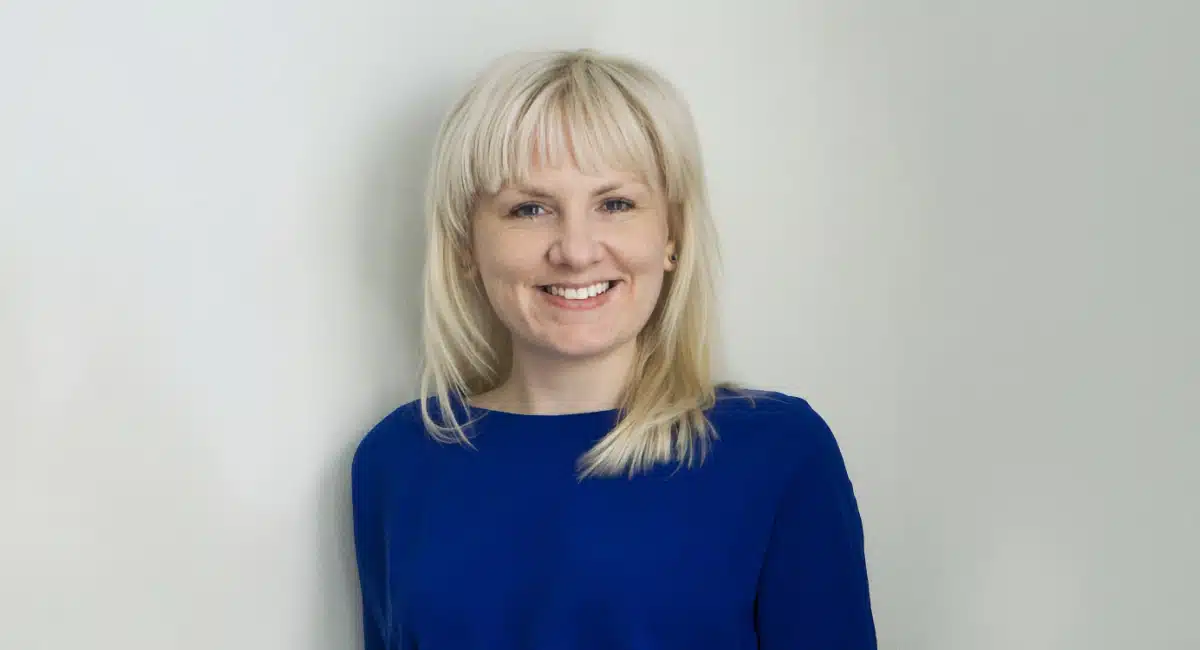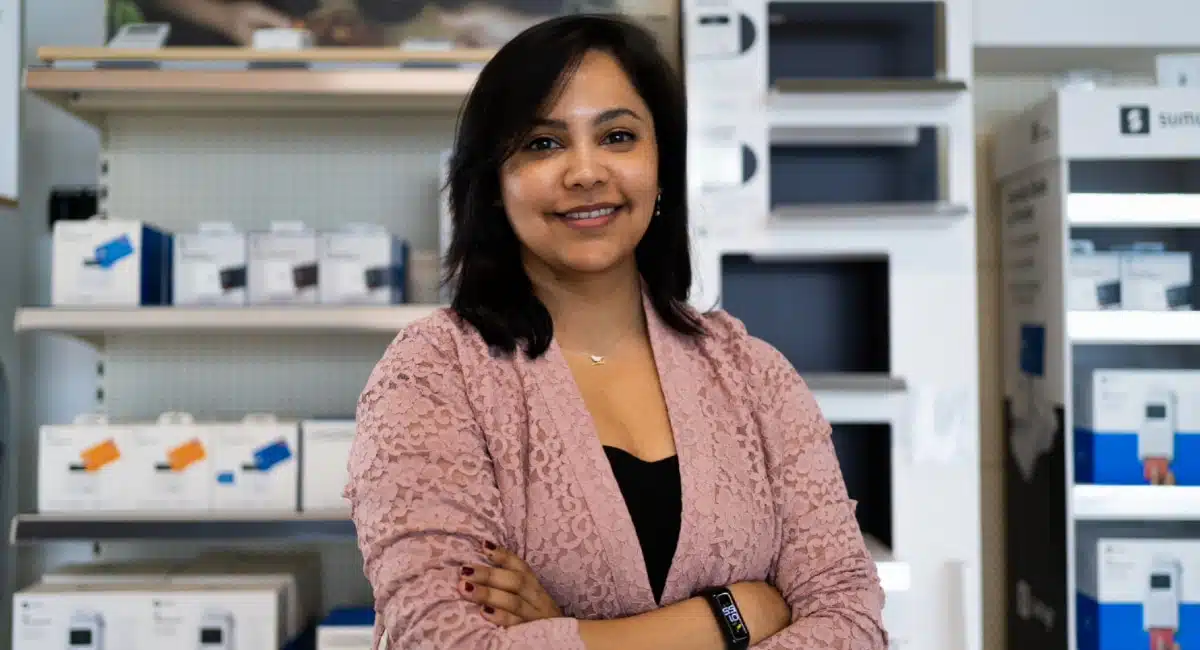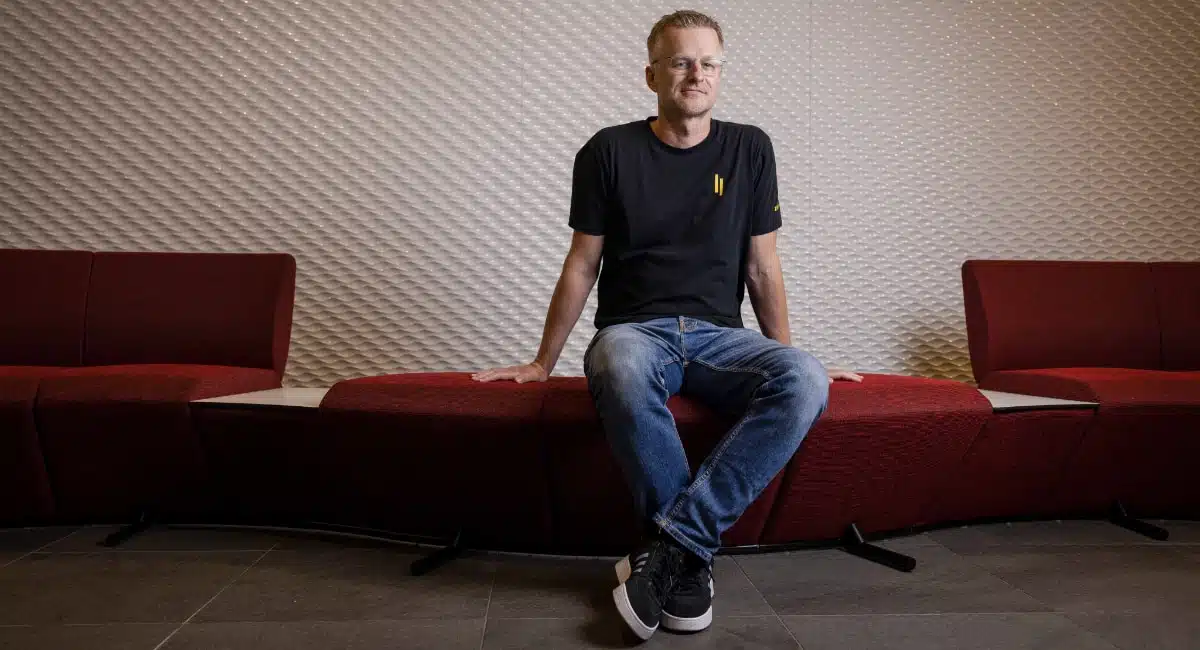How does a jack-of-all-trades company like Square stand out among strong, recognisable competitors in the payment acceptance market? By leaning into its generalised character.
From the perspectives of many small businesses, Square, a sub-company of American Block, Inc., is exactly what you want it to be. It’s easy to understand and get started with the payment system, affordable, commitment-free, feature-rich and scalable not just in one, but different merchant sectors.
Square facts
- Services offered: Card terminals, POS software, online payments, invoicing, ecommerce store, customer loyalty tools, business loans
- Founded in 2009 in the US by Jack Dorsey, Jim McKelvey and Tristan O’Tierney
- Famous for Square Reader, the first commercially successful card reader connected to a smartphone
- Parent company: Block, Inc.
- Number of Block employees: 12,400+
This generalisability means it’s very hard to pinpoint in a few words what makes Square so interesting. It’s good at many things and adapts to businesses well – but these somewhat broad, elusive aspects cannot be underestimated.
Businesses want a card machine that works, and a payment provider that gives them the option of taking card payments in more ways than just in person. It is now essential to offer online payments as well as contactless taps or chip-and-PIN. None of those things are easy to create when the payment system also has to comply with payment industry standards and country rules. Yet Square succeeded when it pioneered the world’s first commercially successful, app-based card reader in 2010, Square Reader.
To learn more about Square’s intentions looking ahead, we spoke with the company’s Head of Growth for Europe, Samantha Lloyd.
Responsiveness to local needs
Each country has their own business trends and consumer habits. Representing a big American tech firm, how does Samantha ensure Square adapts to the particularities of European markets, such as Ireland, France and Spain where the company recently launched?
“Square’s goal is to bring relevant products and services that will resonate strongly. In order to do this, we have Dublin-based, multilingual commercial teams that conduct market-specific research and also constantly speak to current and potential customers in the markets where we operate to learn more about their experiences. By doing so, we can continue to inform our product road map and service models to reflect each market’s needs.”
What about the types of businesses that sign up in different countries? Square has the capacity to meet different payment needs. Their point of sale (POS) systems for retail, hospitality and booking services cater to a large portion of small, new businesses, while its ecommerce and adaptable payment tools can be used by merchants that are harder to categorise.
“Across our three EU markets Ireland, Spain and France, we see a broad range of businesses working with Square, from the food and beverage industry to retailers, restaurant owners and service providers. Square’s broad offering across different industries means that entrepreneurs can see the appeal of the fully scalable ecosystem of products that work seamlessly.”
Buy now, pay later a way to stay relevant
As the cost of living crisis deepens, it’s no wonder consumer credit options have flourished in recent years. Block therefore snapped up Clearpay (Afterpay in the US and Australia) in early 2022.
“Clearpay with its buy-now-pay-later (BNPL) offering fits well into Block’s purpose of levelling the playing field for businesses of all types and sizes. BNPL has become one of the most popular forms of credit among consumers and retailers. While uptake has been stronger among younger demographics in the UK, the overall user base of these innovative new products has grown astonishingly quickly. It is predicted that BNPL will make up 10% of all UK ecommerce spend by 2024. SMEs who are able to grab this opportunity, whilst competing with large established businesses, can have a chance to attract and grow their customer base, both of which are critical for success.”
Uniquely so, Square not only accepts Clearpay via its ecommerce platform; it also integrates the payment method in the POS system, if the merchant chooses so.
“We’re going to help our Square sellers drive sales by offering Clearpay as a new payment method. This is already underway with our launches of BNPL for online and in-person sellers in the US, Australia, UK and Canada, and we have ambitions to take these initiatives worldwide with any countries with a Clearpay presence seen as a key priority to amplify Square’s global presence.”
Tap-to-phone unlikely to overtake card readers
Another trend to emerge is tap-on-phone; the ability to accept near-field communication (NFC), contactless card payments directly on the merchant’s smartphone. Square is joining the trend, expanding its ecosystem to allow businesses to be able to accept payments however they choose.
“We launched Tap to Pay on Android in our EU markets in Q2 2023. Given it’s a new innovative product, we don’t have precedents on how different segments will opt to use it, but we do not expect major cannibalisation with existing payment methods. We see it more as a complementary method that will help sellers boost their payment acceptance and further increase their sales. It’s also going to be free to get started, and therefore we do expect more sellers willing to try it as there is no initial cost and therefore offers minimal barrier to entry.”
Square’s “minimal barrier to entry” applies to all of their products, along with the access to many alternative payment methods. Merchants pick and choose their selling style from a portfolio of features that Square offers as standard.
Where to go from here?
As a company that caters to diverse businesses, where does Square see itself in the future? Will it launch in more European countries beyond the UK, France, Ireland and Spain?
Square has chosen to keep the system expandable within each country. If limitations are felt, there’s a large selection of integration partners in ecommerce, inventory management, delivery services, marketing etc. to connect with Square in the UK. The EU markets have more limited integration options, but the plan is to keep growing these. This is a conscious choice to get on the radar of all sizes of business, not just the smallest ones that do comfortably with just the platform’s own tools.
That being said, it’s a balancing act to maintain a high standard in POS systems and hardware, launching new payment channels, terminals and integrations, and entering new markets. It’s no wonder Samantha Lloyds errs on the safe side when asked what the plan is for Europe:
“As our global business is an important part of Square’s long-term goal, we remain committed to further international expansion, however we cannot share any timelines at this point.”
Fair play – constant adaptability is key to resilience in the global market. We didn’t expect a pandemic three years ago. Yet it happened and Square swiftly launched new online payment features, probably at the expense of other plans. Who knows what’s next?




